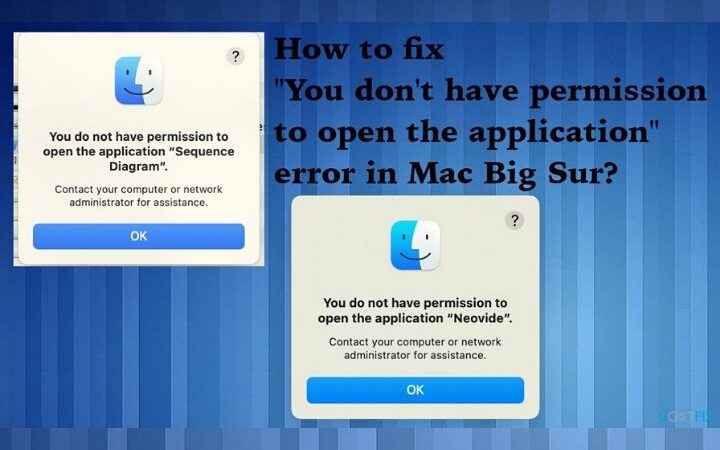Unlock An iPhone 7 If You Don’t Remember The Password Or Code

If you have an iPhone 7 locked because you do not remember the password or because it was locked by iCloud, it is still possible to unlock it to continue using it normally and the question is now that how to unlock iPhone? The process is really simple and although it has some other disadvantages that we will tell you next, you can leave the phone fully operational. Also, for the iPhone 7 Plus, this process will be valid.
Table of Contents
First Of All, Is It Blocked By iCloud?
iPhone has a very useful functionality called “Find My iPhone” that allows you to locate this device if it is lost and lock it when it is lost or stolen. However, this function can backfire if we suddenly found the phone and it had been previously blocked. The way to verify that this block is present is as follows:
- Go to the Apple website
- Go to the Support section, located to the right of the upper bar.
- Press on the iPhone.
- Select Repair options.
- Find and select Make an appointment or request service.
- Among the options that appear now, you must click on Repairs and physical damage.
- Choose any reason for repair.
- Enter your Apple ID and IMEI.
It should be noted that this page is not really intended to discover if an iPhone is blocked since it is aimed at opening an incident for damage to the phone. However, you can tell us if the iPhone is blocked by iCloud since a message would appear saying something similar to “Sorry, but you cannot create a repair while the device is blocked”.
Another option to restore our iPhone is to use Dr. Fone – Unlock, an application compatible with the latest versions of iOS that allows you to unlock an iPhone in case you have forgotten the password. Once installed, we just have to open it, select ‘Unlock’, connect the iPhone to our computer with a USB cable, and press the ‘Start’ button.
Dr. Fone is an instrument made by the product maker Wondershare that gives you the likelihood to get to your cell phone from your PC regardless of the way that the first is blocked and also helpful for the solution to forgot iPhone passcode as well helpful regarding the question “how to unlock iPhone”. One of its advantages is its ease of use, as we can see below. You can do it without losing your data and being compatible with unlocking passwords, PINs, patterns, as well as fingerprints.
And now what should you do if it is blocked by iCloud? Well, simply contact Apple to indicate that you are the owner of the device and explain the situation so that they can help you unlock it. You may have heard of programs or devices capable of unlocking an iPhone that is in this state, but in addition to being illegal, they are not fully functional and often turn out to be scams.
Related Topic: How To Unlock An Apple iPhone?
If iPhone 7 Is Second Hand
Many times, you can find yourself in the mood to buy a second-hand iPhone or that it reaches your hands as a gift from a family member or friend and that it is blocked. If the lock is not from iCloud, but you are required to enter an Apple ID to unlock it, you must ask the person who sold or gave you the phone to unlock it. This case is perhaps somewhat complex if the other person cannot approach in person, but in some way or another their data must be entered, and therefore contact with them is inevitable.
Worse luck you could run if iPhone 7 is locked by iCloud, especially if it is second hand. Unfortunately, scams in this market abound and many times there are individuals or organized gangs that sell stolen devices, guaranteeing the user the proper functioning. This case is already borderline and what you should do is file a complaint against that person who sold you the terminal.
If You Forgot The Security Code
If the phone is yours and it is fully operational, but you forgot the iPhone passcode, it can be made functional again. The first thing we recommend is not to enter the wrong code again since the iPhone can be totally blocked if it is entered incorrectly a certain number of times. Therefore, once you no longer know what to do to use it, you must resort to restoration.
Something important to know is that you will not be able to recover iPhone data unless they have been previously saved with a backup of the device. Unfortunately, this backup cannot be done anymore if you don’t remember the code. Once you have assumed this you should have a computer with which to carry out the restoration process.
- On a Mac with macOS Catalina or later
- Connect the iPhone to the Mac using its corresponding cable.
- Open a new Finder window.
- When the Mac has detected the iPhone, click on its name in its corresponding tab located on the left of the window.
- Click on Restore backup if you have one on your Mac.
Also Read: 7 Surprising Things to Know About Your iPhone
On A Mac With macOS Mojave Or Earlier
- Connect the iPhone to the Mac using its corresponding cable.
- Open iTunes.
- When the computer has detected the iPhone, you must click on its icon at the top of the window.
- Click on Restore backup if you have it on your computer.
On A Windows PC
- Connect iPhone to the computer via cable.
- Open iTunes. You may have to download it if you don’t have it installed.
- When the computer has detected the iPhone, you must click on its icon at the top of the window.
- Click on Restore backup if you have one on your computer.
Regardless of which computer you use for this restoration process, it could take several minutes for it to finish. It all depends on the amount of data to be erased and if your iPhone 7 or iPhone 7 Plus needs to be updated to a newer version of iOS. In any case, do not disconnect the phone from the computer until it is finished. Once finished, you can use the device as normal, either with its backup or as a completely new phone if you did not restore a backup with your data.







